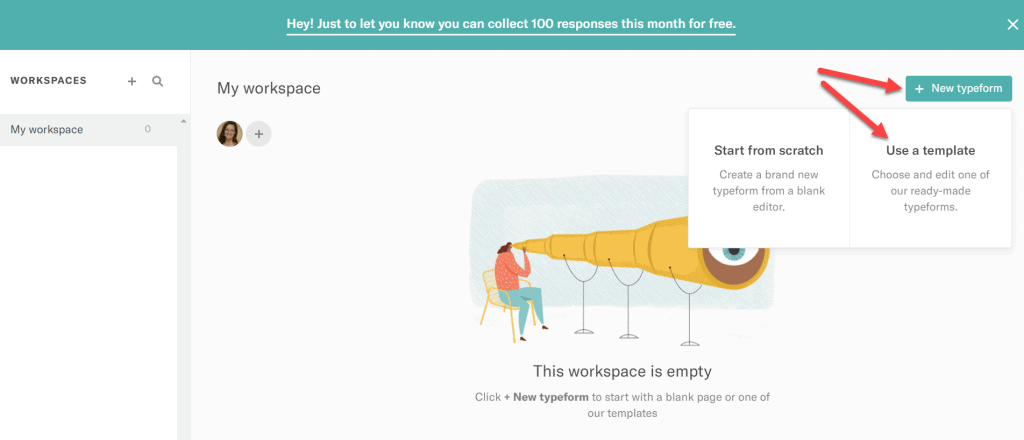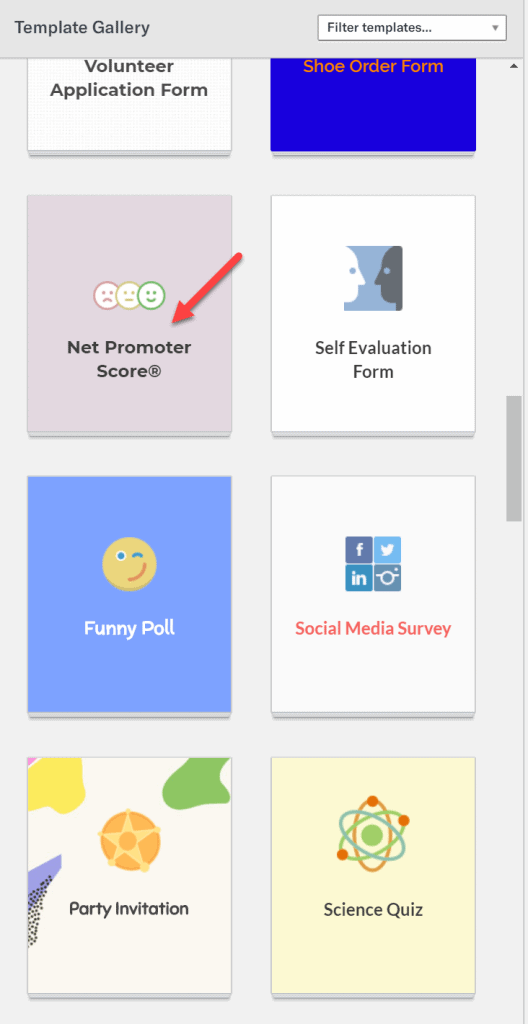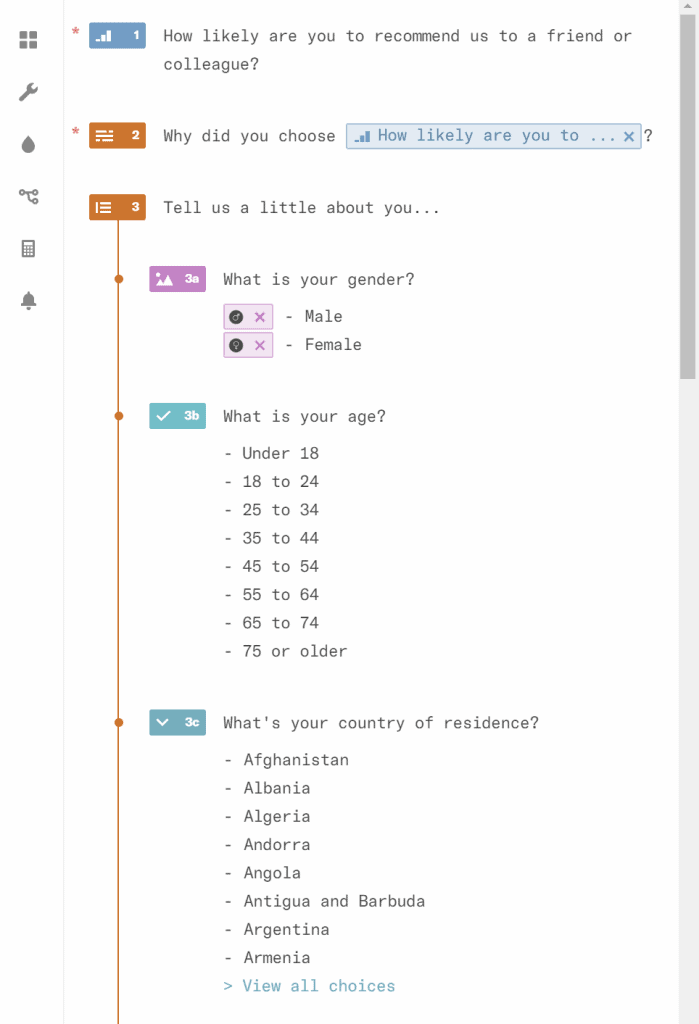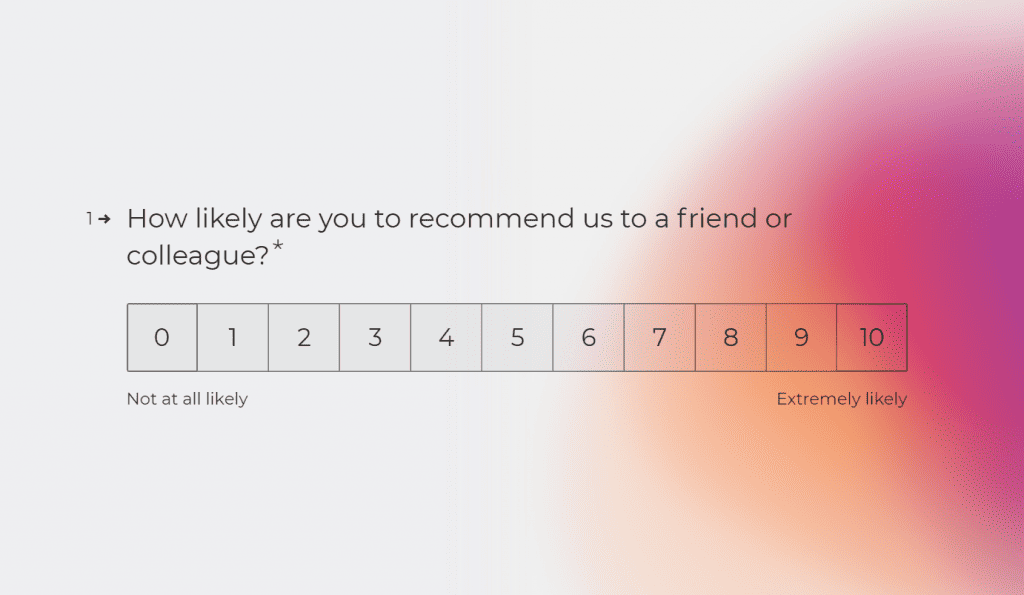Facebook’s recent algorithm change rocked the marketing world…
But it shouldn’t have.
Engagement and community have always been important for driving business. And on the social web, they’re your top priorities.
The truth is success depends on customer loyalty. If people don’t know, like, and trust you, there’s no reason for them to choose you over the competition.
But how do you know where you stand? And if you don’t have a lot of engagement, how do you know where to start?
Survey says…
One of the best tools around for gauging customer sentiment is the Net Promoter Score (NPS), which is calculated from a simple 2-question survey.
The NPS Survey look like this:

A beautiful example of the Net Promoter Score survey
Question 1asks how likely the user is to recommend your product or service to a friend or colleague. Question 2 is Why?
That’s it. It takes only few minutes to complete it, so the response rate is usually high. And responses can be separated into 3 groups:
- Promoters, who answer with a 9 or 10
- Passives, who score you as a 7 or 8
- Detractors, who answer 6 or below
Your score (NPS) is then calculated by subtracting the percentage of Detractors from the percentage of Promoters.
NPS = %Promotors – %Detractors
Understanding Your Score
If you think like a statistician, you won’t like the formula for calculating the NPS. After all, it essentially equates a score of 6 with 0.
Let’s say 10 people respond to your survey, each giving you a 6. Your score would be:
0% Promoters – 100% Detractors = –100 NPS
That’s a negative 100, when everyone rated you slightly above average!
Now, let’s say all 10 people give you an 8 (an acceptable rating by normal standards), your score would be:
0% Promoters – 0% Detractors = 0 NPS
Confusing, right?
But here’s why NPS is important…
You need a way to measure customer sentiment, and nothing beats this simple survey.
Too many brands, on the surface, look incredibly successful but, behind the scenes, are nurturing a negative public perception.
The Net Promoter Score helps you identify perception problems before they surface. It also helps you identify why people are happy or unhappy with you—so you can do more of what’s working and change what’s not working.
Bottom line: It’s feedback, and it’s vital to serving your customers, creating community, and growing your business.
How to Create Your Survey
The best tool I’ve found for creating a simple survey is Typeform.
They have templates that are ready-made, so you can create a survey that’s both informative and beautiful. Typeform has templates for every type of survey you may want to run, from Market Research Surveys to Branding Questionnaires, to Event Registrations and Post-Event Surveys.
Best of all, you can use it for free up to 100 responses per month.
Here’s a quick look inside…
First, you’ll need to register.

Then you’ll be taken to your workspace.

To start, click “New typeform” and “Use a template.” Scroll down to select the Net Promoter Score template.

You’ll be given a blank survey, ready for your customization.

Typical questions will be included. Delete any that aren’t relevant.

Next, choose the design. Each theme has its own font and colors to create a unique survey that fits your brand.

When you’re happy with your survey, save it.

Listen to Your Customers
To grow your business, you must know your customers, and you need to know how they feel about your products and services.
Only then will you know what it takes to build engagement and a strong community.
All you have to do is ask.
Have you used an NPS survey before? How did it work for you?


